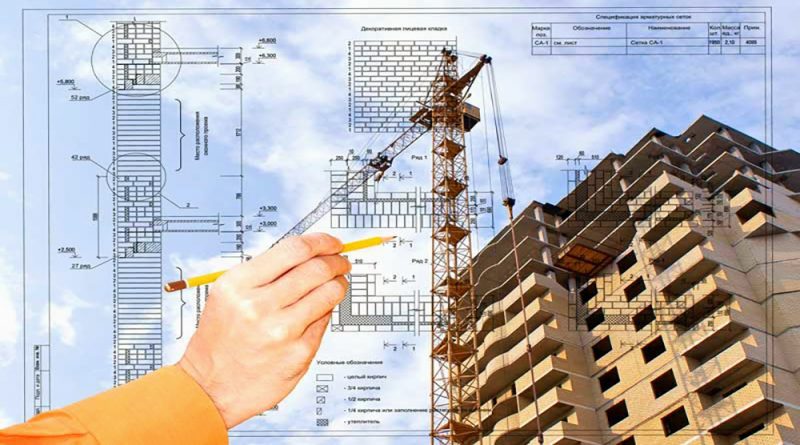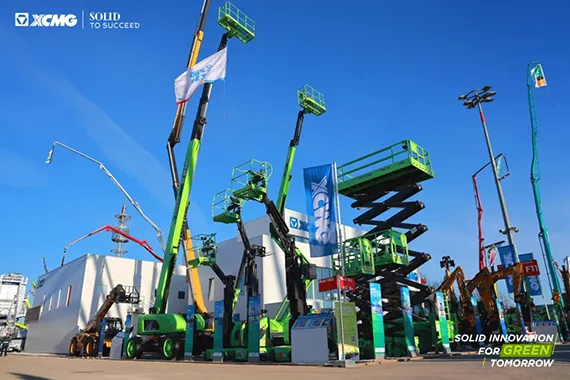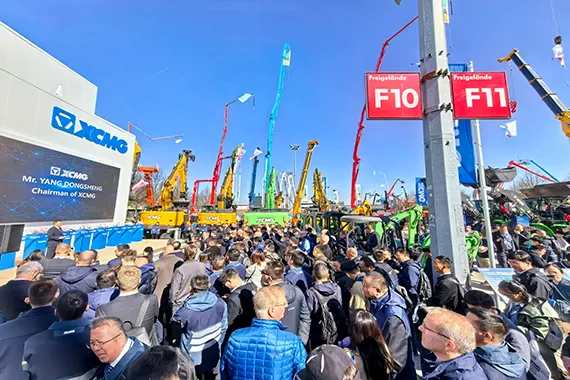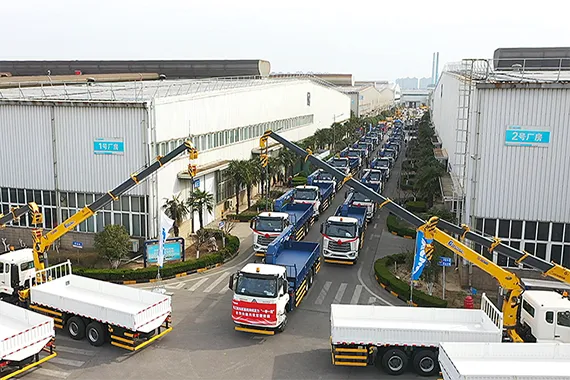Trends that Shaped Construction in 2022 and How They Will Impact 2023

1. Rising construction costs
Inflation continued to rear its ugly head
in 2022, challenging contractor profitability and threatening pending projects
from moving forward. The Association of General Contractors (AGC) reported in
early December that overall costs for construction are “still rising at
painfully high rates.” Products used in highway and heavy construction
experienced double-digit price increases from November 2021 to last month. The
index for liquid asphalt, used in paving projects, jumped 19.8%, while the
index for concrete products climbed 14.3%. The producer price index for diesel
fuel leaped by 59.6% despite a one-month decline of 3.4% in November. Through
December 9, the producer price index for construction machinery has risen 10%,
on top of an 8% increase in 2021
Inflation is also undermining the $1.2
trillion Infrastructure Investment and Jobs Act. “When prices are higher, less
‘real work’ gets done,” says Dodge Construction Chief Economist Richard Branch.
“Projects will move ahead but not as previously planned.”
CBRE’s latest Construction Cost Index
forecasts a 14.1% year-over-year increase in construction costs by year-end
2022. However, there are signs we could be seeing the light at the end of the
tunnel. CBRE expects construction cost increases to stabilize in the 2%-4%
range in 2023 and 2024, on par with historical averages. “We’re starting to see
price growth slow down,” says Branch.
2. High-interest rates
Right behind rising construction costs
comes the rising interest rate trend. The Federal Reserve has raised the fed
funds rate seven consecutive times in 2022 to get inflation under control.
After starting the year at .25% the fed funds rate at the end of the year
currently stands at now 4.5%. The high cost of borrowing, along with long lead
times for construction equipment orders has been a challenge for contractors.
Nowhere has the impact of interest rates
been more significant than in the housing market. With higher mortgage rates
and high home prices, home sales in the United States have declined for nine
months in a row through October. “Single-family home sales lead the sector into
decline,” says Branch. “We expect to hit bottom by late Q1 or Q2 in 2023.”
Housing prices have been slow to decline, with most analysts attributing this
to low inventory.
3. Labor shortages
Labor shortages are nothing new to the
construction industry. According to
Branch, labor has been a struggle for the industry since it began to recover
from the Great Recession. “Demand for workers will stay high, despite housing
declines,” says Branch. A massive wave
of retirements among baby boomers continues to generate demand for replacement
workers. An AGC study conducted in July/August 2022 among construction firms
revealed that 93% of respondents had open positions for craft workers, while
71% have openings for salaried positions. Among the firms with openings, 91%
report having a hard time filling some or all positions. More than three-quarters
(77%) of respondents report that available candidates are not qualified to work
in the industry for reasons such as a lack of skills or failure to pass a drug
test.
The AGC study also revealed what
construction firms are doing to improve the labor situation. More than half
(51%) of firms—up from 37% in the 2021 survey—report they engaged with a
career-building program, at high schools, colleges, or career and technical
education programs. Thirty-nine percent report they added online strategies,
like using Instagram Live, to connect better with younger applicants. Training
is another tool being deployed by contractors. Forty-two percent of respondents
to the AGC survey initiated or increased spending on training and professional
development. More than two-thirds (69%) of the largest firms, those with annual
revenue of more than $500 million, report doing this, compared with one-third
of the firms with $50 million or less in revenue.
As long as the supply of labor remains
tight, there will be pressure to increase wages. Among the contractors AGC
surveyed in July/August, 86% reported increasing base pay rates in the past 12
months, while 45% provided incentives or bonuses and 24% increased their
portion of benefit contributions.

4. Increased technology spending
Construction is an industry well-known for
its slow adoption of technology but in 2022 there were signs that’s changing.
Labor shortages are a driving factor. “The pressure is on to do more with
less,” says Branch. “One of the clear ways to do that is with technology.”
According to Tech Crunch, venture capital (VC) funding in U.S. construction
tech startups alone reportedly hit $1.3 billion in the first half of 2022,
representing a 44% increase on the previous six months. In addition, a number
of new funds and initiatives have emerged to support construction technology
entrepreneurs. In the Associated Building Contractors 2022 Tech Report, case
studies showcase how contractors are adopting robotics, drones for aerial
imagery and 3D models, estimating software, augmented reality, virtual reality,
and automated data capture.
The government is also providing incentives
as it seeks to get more out of its infrastructure spending. The Federal Highway
Administration is managing two programs that will provide $500 million to
promote the use of digital technologies on government-funded projects. The
Technology and Innovation Deployment Program (TIDP) covers research and
development (R&D) and other efforts related to highways and transportation,
while Advanced Digital Construction Management Systems (ADCMS) was created to
advance technologies such as BIM, 2D, and 3D modeling. In its 2023 Industry
Outlook for Engineering and Construction, Deloitte predicts that companies will
likely increase the adoption of structured approaches to emerging technologies
across the industry in 2023
5. Sustainability
In April 2022, the United States announced
its goal to halve US greenhouse-gas emissions by 2030 and reach net-zero
emissions by 2050. According to Architecture 2030, the built environment
generates 40% of annual global CO2 emissions. A new target is embodied carbon
emissions. While operational carbon emissions can be reduced through building
energy upgrades and the use of renewable energy, embodied carbon emissions
refer to the emissions associated with the production of building materials, from
raw material extraction to the manufacturing of finished products, and it
accounts for the vast majority of a building’s total embodied carbon. A new
study from A/O PropTech, finds that Investment in low-carbon building
construction technology surpassed $2 billion in 2022 as the industry seeks ways
to reduce its carbon footprint. Three strategies being pursued are designing
for material efficiency, sourcing greener materials, and prefabrication and
robotics.
On the machinery front, the conversion to
renewable fuels has begun. According to a report by Research and Markets, the
electric off-highway equipment market is estimated to grow from $9.2 billion in
2022 to $24.8 billion by 2027 at a CAGR of 22.0%. Lower owning and operating
costs are making electric machines competitive with diesel. Advances in battery
life mean buyers can expect to see a growing number of electric options across
many machine categories and brands.



















